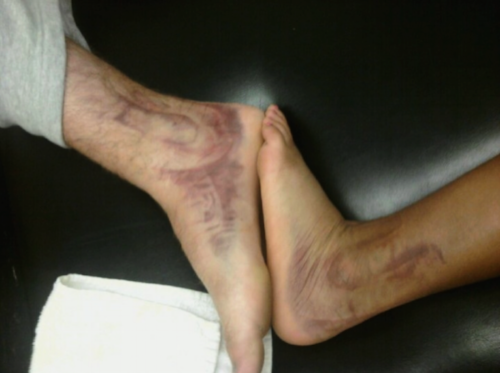“If we focus on building clinicians, passing the boards will come naturally!”
– Dr. Michael Wong, Associate Professor, Teaching and Learning Fellow,Azusa Pacific University Doctor of Physical Therapy Program
As a team of educators, we have been watching carefully and thinking of how to build tools that create critically thinking clinicians… ready for the clinic, yet who are able to pass their board exams at a high rate.
With the new NPTE Test Content effective January 2018, PhysioU continues to evolve app and app content development to set your students up for success.
We have built our apps around the content areas that have the highest number of questions on the NPTE, and we have specifically built apps that develop reasoning which contextualizes information based on common clinical patterns. These apps augment the content delivered in the classroom to enhance deep learning.
Our students have developed a reputation for being very well prepared for the clinic and have had a 100% first time pass rate for the NPTE for our class of 2016 and 2017 (This will be updated as students continue to take the board exams…).
Take your program to the next level with the learning tools of the future!
Please click here to get your complimentary full faculty access or to set up a call with our Chief Learning Strategist/Co-founder, Dr. Michael Wong.










